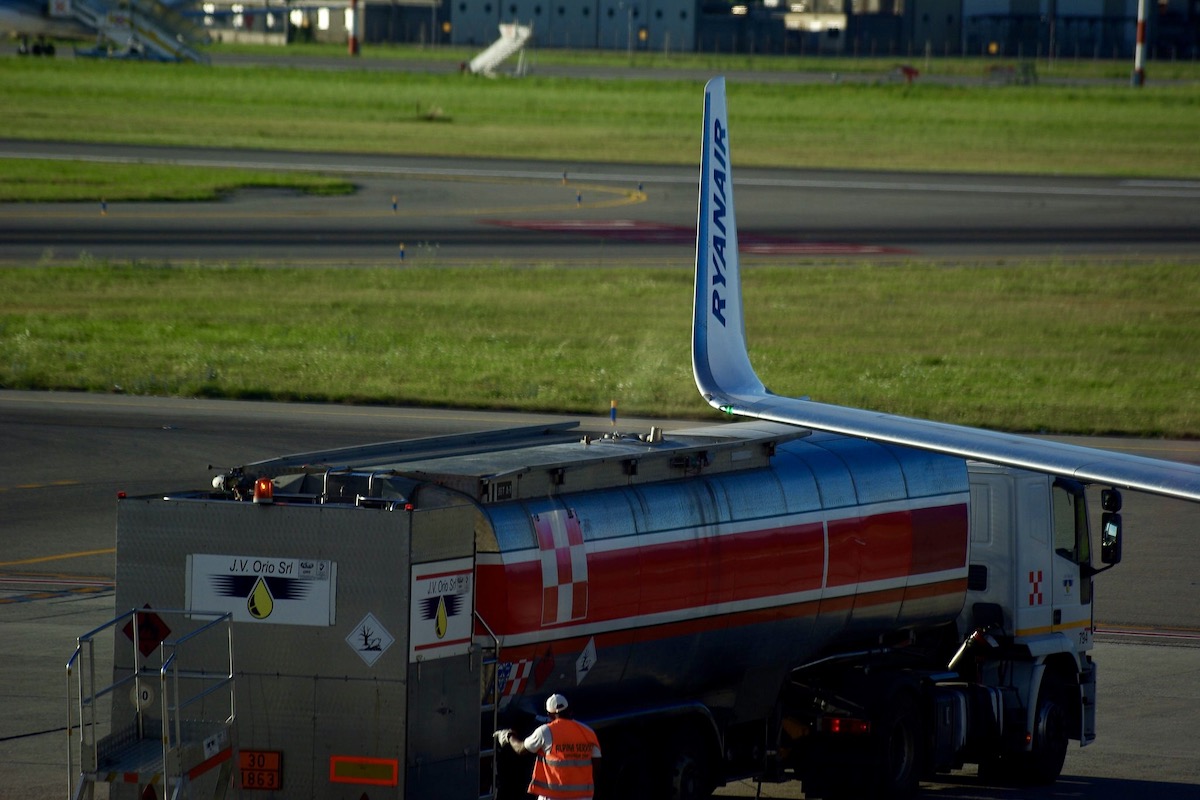Airlines That Hedged on Fuel Prices Emerged Winners in Second Quarter

Photo Credit: Flickr / Craig Chew-Moulding
Demand for air travel hit pandemic highs — and in some places historic highs — during the second quarter. Airlines reported record revenues and full planes as issues from staffing to weather and an elevated number of employees out sick with Covid kept capacity constrained.
Sounds like a recipe for financial success, right? Well, there's the matter of fuel. The average price per gallon for U.S. Gulf Coast jet fuel reached a record $4.12 in March, up from $1.86 per gallon a year earlier — a more than two-fold increase — according to the U.S. Energy Information Administration.
Some airlines, though, had a secret weapon: fuel hedges. Southwest Airlines is one example. It paid just $3.36 per gallon for its fuel last quarter, a big reason why it produced the best second quarter operating margin — 17 percent — of any airline worldwide that’s reported thus far.
Hedges behave like insurance contracts. In Southwest’s case, it expects to pay what’s essentially a two-cent per gallon insurance premium this quarter. But at current spot prices, it expects to collect a cash settlement of 46 cents per gallon. As of July 28, Southwest had 59 percent of its third quarter fuel needs hedged, with contracts currently holding a market value of about $235 million, far above the $13 million in premiums the airline paid.
Alaska Airlines was not quite as well hedged but had enough protection to also pay below $4 per gallon for fuel last quarter. The same was true for Delta Air Lines, which benefited from its ownership of an oil refinery near Philadelphia.
Most other U.S. airlines, burned by fuel hedges in years past, largely refrain from hedging today. This lack of protection left Frontier Airlines, for one, paying $4.41 per gallon. American Airlines, JetBlue Airways, and United Airlines paid above $4 as well. The non-hedgers argue that in the long-run, hedging is a losing proposition, with periodic gains outweighed by periodic losses, plus the cost of the premiums. During the 2008-09 financial crisis, when fuel prices initially plummeted, holding wrong-way hedges nearly bankrupted Air Canada. Others, like Delta, suffered giant hedge losses as well. Hong Kong’s Cathay Pacific Airways was another carrier to post extreme fuel hedge losses in recent years.
Fuel hedging is more prevalent among airlines outside of the U.S. So is foreign exchange hedging, also a big help this year as a strong U.S. dollar adds to the cost of dollar-denominated input costs including fuel. Aircraft are also generally priced in U.S. dollars.
Like Southwest in the U.S., Ryanair was a big beneficiary of hedging this spring. It currently pays the crude oil equivalent of $62 per barrel for about 60 percent of its needs. That amounts to huge savings — spot prices for Brent crude have been well above $100 per barrel for most of this year. Ryanair reported an 8 percent operating margin for the June quarter, the highest among reporting European airlines. Larger airlines like Air France-KLM, International Airlines Group, and the Lufthansa Group, however, are active fuel and foreign exchange hedgers too.
The importance of fuel hedging this year is no less evident in Asia. Singapore Airlines, for example, had one of its best quarters in many years thanks in part to a roughly $150 million gain from its hedging contracts. Its operating margin was 14 percent.
Hedges might prove less of a tailwind in the September quarter. Oil prices are falling and the average cost of a gallon of Gulf Coast jet fuel dropped to $3.48 in July.
